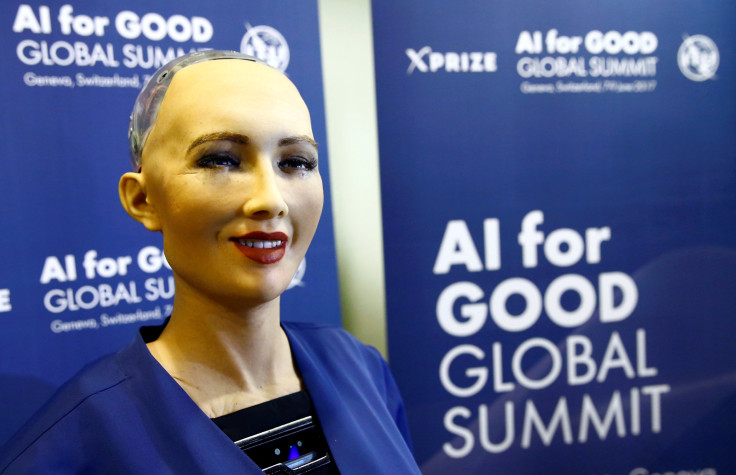AI Based Sexual Orientation Detection Decried by LGBTQ Groups

Detecting sexual orientation might not be a pertinent issue when it comes to artificial intelligence (AI), but scientists are working on it, according to a study published last week. Ever since the study came to the fore, it has been facing stiff opposition from LGBTQ groups.
The study says that it can distinguish between gay and heterosexual men accurately 81 percent of the time and between gay and heterosexual women 74 percent of the time.
The study has raised an uproar with LGBTQ advocacy groups such as the Gay and Lesbian Alliance Against Defamation (GLAAD) and the Human Rights Campaign (HRC).
The groups have called the study “A dangerous and flawed research that could cause harm to LGBTQ people around the world.”
The AI has been trained using 35,000 public images of men and women, which the researchers have picked from an American dating site. The researchers use a technique called logistic regression, which uses a dependent variable to predict outcomes. It uses not only transient features such as hairstyle and piercings but also fixed features such as the shape of the nose. This methodology seems controversial since such analysis of fixed features has been proven to be far from accurate.
But, when the researchers tested the AI using a set of new images, it was able to predict the correct outcome 61 percent of the time for men and 54 percent of the time for women. When it was presented with different images of the same person, the researchers claimed that it was able to get the correct outcome 91 percent of the time for men and 83 percent of the time for women.
There are also other flaws with the methodology since picking images from a dating site does not guarantee accuracy either, given that most people only put their best images on such platforms.
But there is also the larger issue at the fore since this research could actually be easily used for discrimination.
“Technology cannot identify someone's sexual orientation. What their technology can recognize is a pattern that found a small subset of out white gay and lesbian people on dating sites who look similar…This research isn't science or news, but it's a description of beauty standards on dating sites that ignores huge segments of the LGBTQ community, including people of colour, transgender people, older individuals, and other LGBTQ people who don't want to post photos on dating sites,” GLAAD Chief Digital Officer Jim Halloran said in a public statement.
GLAAD and HRC also call the research inaccurate since it only recognizes two sexual orientations.
The researchers, meanwhile have issued an authors’ note saying that their study has been peer-reviewed. They contend that the LGBTQ groups are indulging in a ‘smear campaign’ against the study. While saying that they also admit that their study is limited — it only looked at white people who self-reported to be gay or straight — they also say that anyone dismissing the study should consider the evidence before doing so.
© Copyright IBTimes 2024. All rights reserved.




















